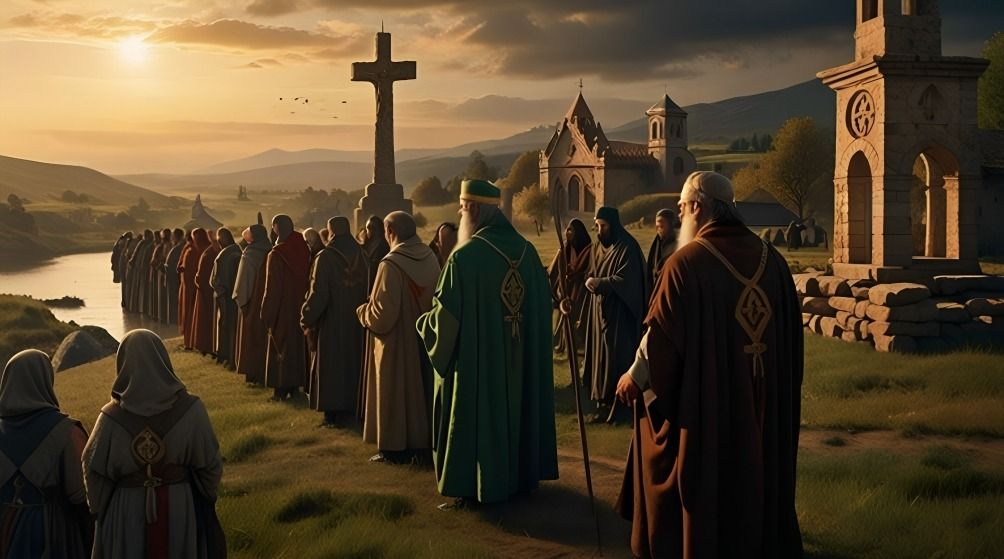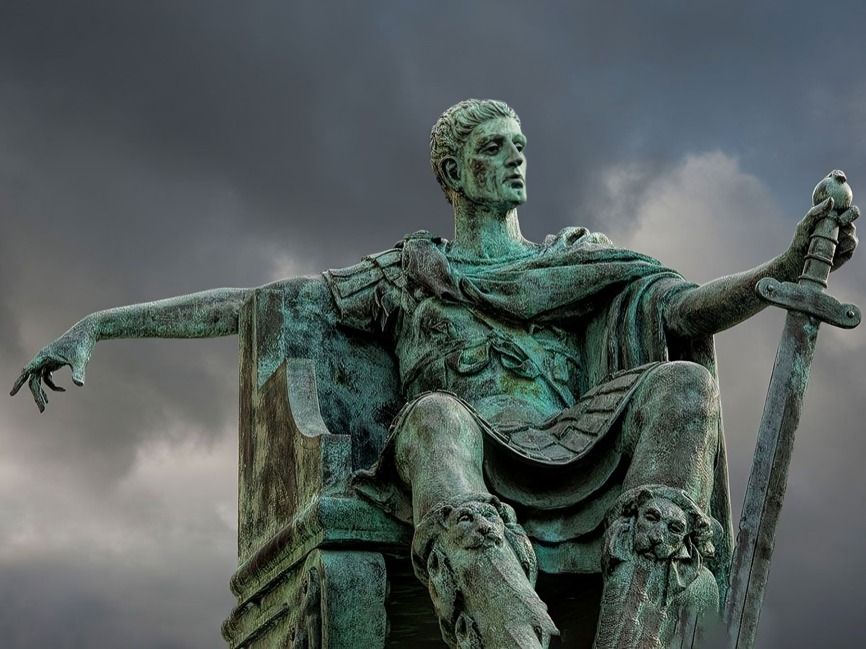
“
The Facts About the Spread of Christianity reveal how this faith transformed societies and cultures around the world. Originating in the first century CE, Christianity spread rapidly through the Roman Empire and beyond, influenced by key figures and historical events. This blog explores 20 captivating facts that highlight the journey of Christianity from a small sect to one of the world’s major religions. From the pivotal role of missionaries to the establishment of church hierarchies, understanding these facts provides insight into Christianity's enduring influence. Join us as we delve into the remarkable story of Christianity's spread and its lasting legacy on humanity.1
”
Christianity began in the 1st century AD in the Roman province of Judea, centered around the life and teachings of Jesus Christ, spreading through his disciples and early followers.1
The Roman Empire was crucial in spreading Christianity. Its extensive road networks and major cities allowed early Christians to travel, share teachings, and establish communities across vast regions.2

The Apostle Paul, originally a persecutor of Christians, became one of the most influential missionaries. His journeys through the Roman Empire helped spread Christianity to both Jews and Gentiles.
Despite early Christians facing severe persecution from Roman authorities who viewed them as a threat, the religion’s underground networks continued to grow, spreading across various regions in secret.3
The Edict of Milan, issued by Emperor Constantine in 313 AD, was a monumental event, granting Christians the freedom to worship openly without fear of punishment or persecution.4

Constantine, the first Roman emperor to convert to Christianity, played a crucial role in the religion’s spread. His conversion helped Christianity gain widespread acceptance across the empire.
By the 4th century, Christianity had firmly taken root throughout the Roman Empire, spreading to regions as distant as Britain, North Africa, the Middle East, and even Armenia.5
Missionaries were vital to the spread of Christianity beyond the Roman Empire. They traveled far distances, establishing Christian communities in places like Ethiopia, Ireland, and even parts of India.6
The Council of Nicaea in 325 AD was a critical moment in Christian history. It solidified key doctrines, resolving disputes and uniting the church under a shared creed.7
Monasteries became centers of education and religious activity during the spread of Christianity. Monks preserved ancient texts, spread the gospel, and played a key role in the faith’s expansion across Europe.8

Christianity became the official religion of the Roman Empire in 380 AD, under Emperor Theodosius I. This marked a significant turning point, cementing its influence across Europe and beyond.
The fall of the Western Roman Empire in 476 AD didn’t stop Christianity’s spread. Many barbarian tribes, like the Visigoths and Franks, converted after settling in Roman lands.9
Christianity spread rapidly throughout Europe during the Middle Ages. Missionaries targeted kings and nobles, and their conversions helped encourage entire populations to adopt the faith.10
During the 9th and 10th centuries, Christianity spread to Eastern Europe. The conversion of the Slavic peoples, including the Rus, Bulgarians, and Poles, was driven by missionary efforts.11
In Scandinavia, the spread of Christianity during the Viking Age was gradual. Viking kings like Olaf Tryggvason and Harald Bluetooth were key figures in bringing Christianity to their people.12
Christianity’s spread to the Americas began with European colonization in the 15th century. Missionaries accompanied explorers and settlers, seeking to convert indigenous peoples to the faith.13

The Protestant Reformation in the 16th century reshaped Christianity’s spread. New branches such as Lutheranism, Calvinism, and Anglicanism emerged and spread throughout Europe, creating lasting religious diversity.
Christianity has grown into the world’s largest religion, with over 2.3 billion followers worldwide. It has spread to every continent and profoundly influenced global cultures and societies.14
The spread of Christianity throughout history has involved a mixture of peaceful missionary work, cultural adaptation, and, at times, forced conversions, depending on the context of the region.15
Today, Christianity continues to grow, particularly in Africa and Asia. Population growth and continued missionary efforts are contributing to its expansion in these parts of the world.16


